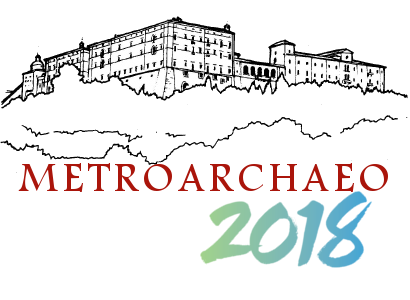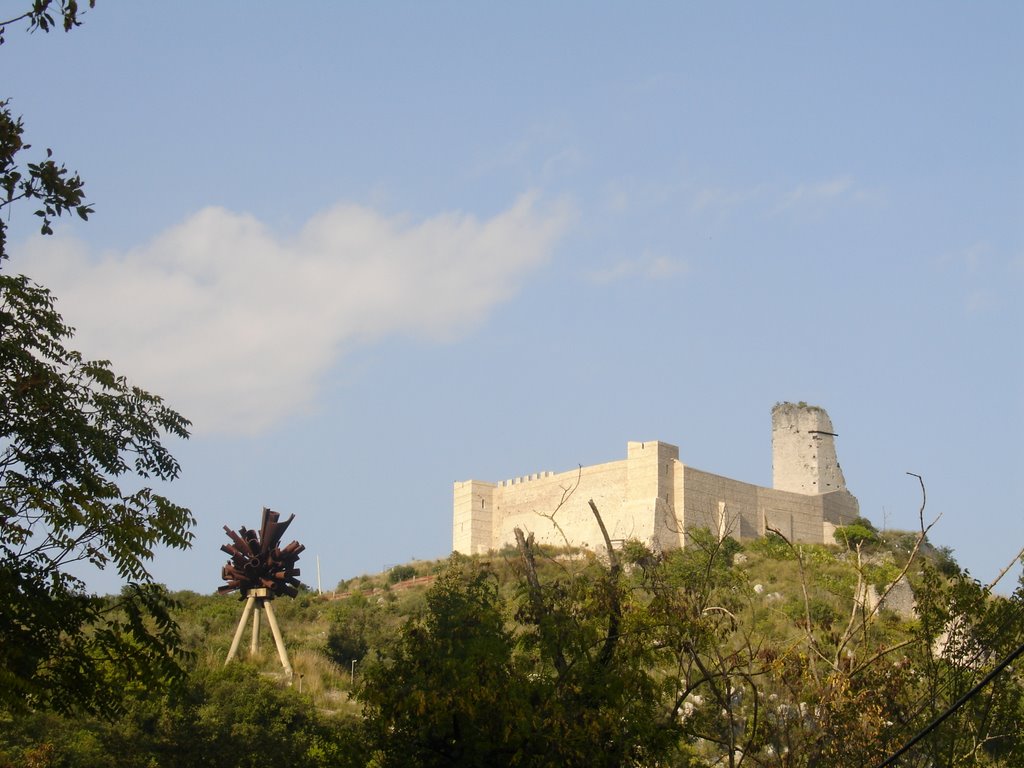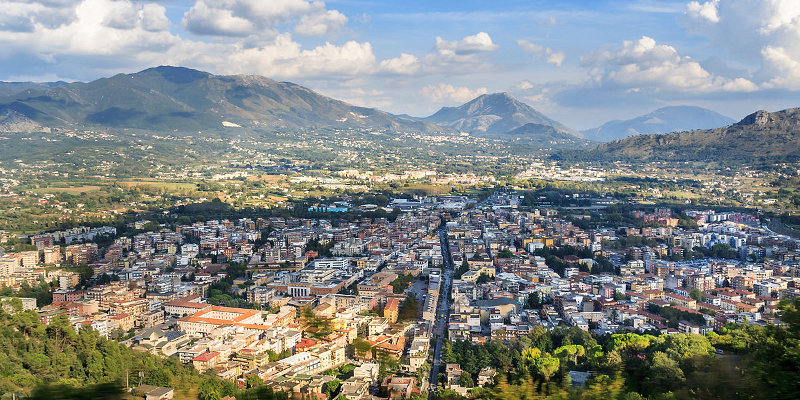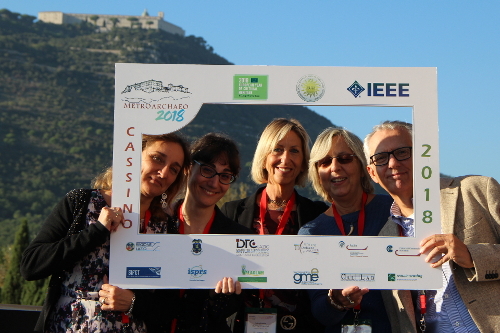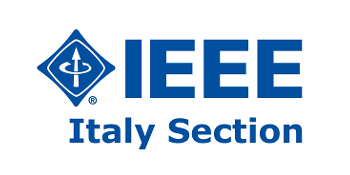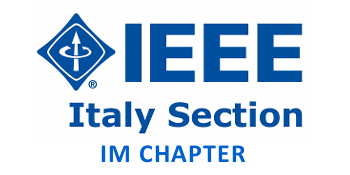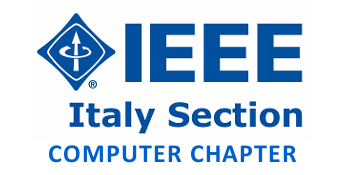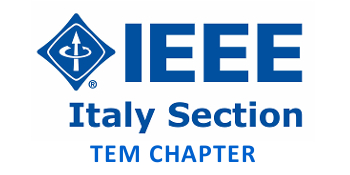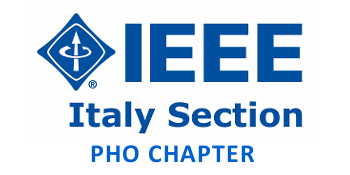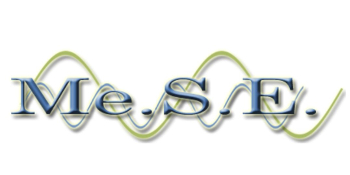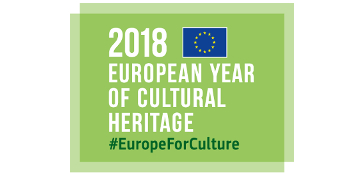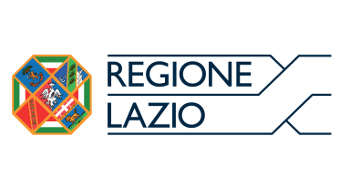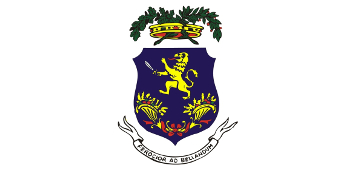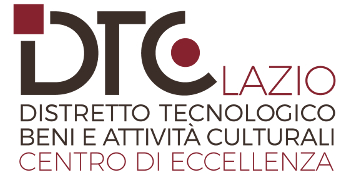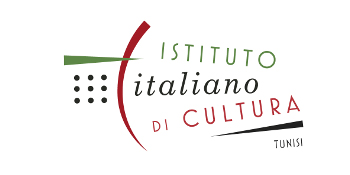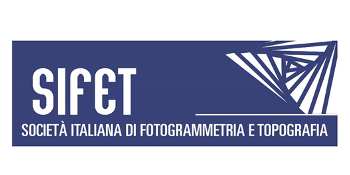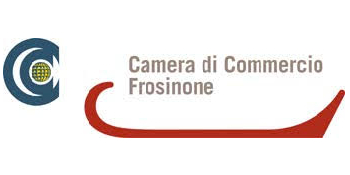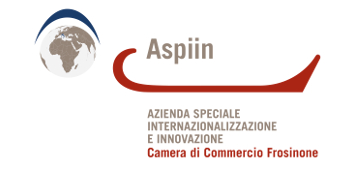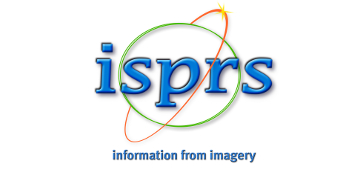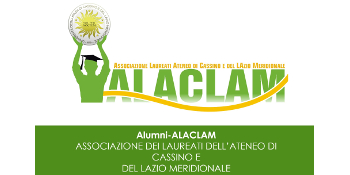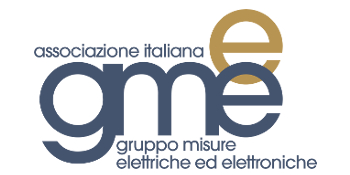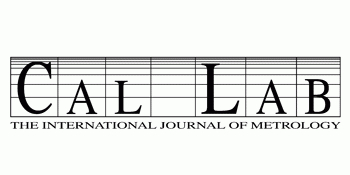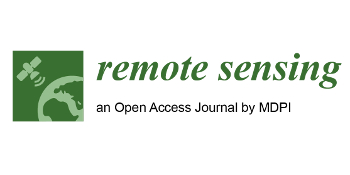NON-DESTRUCTIVE ANALYTICAL APPROACHES APPLIED TO THE STUDY OF ANCIENT STONE MATERIALS
ORGANIZED BY
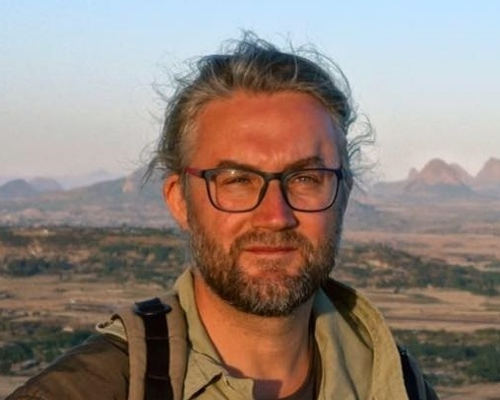
Giulio Lucarini
McDonald Institute for Archaeological Research, University of Cambridge

Donatella Barca
University of Calabria
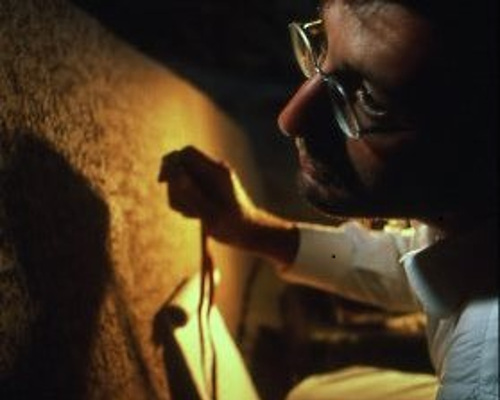
Andrea Manzo
University of Naples L'Orientale
ABSTRACT
An ancient stone artefact bears a story that is the sum of many actions, from its raw material procurement, through its manufacturing and use, up to its discard. The introduction of ever more precise and sensitive non-destructive analytical techniques in archaeology and conservation has transformed, in recent years, the way in which an ancient stone artefact is observed and interpreted. In fact, a thorough study of the various aspects that led to the production of a stone artefact cannot be separated from the analysis of its historical-artistic and material aspects, factors that, analyzed together, can provide information about its origin, manufacturing techniques and use. These analyses represent an indispensable tool to better understand and characterize raw materials used both in portable goods (lithic tools, statues, stone vessels, etc.) and buildings (monuments and historical-artistic buildings).
These types of archaeometric analyses allow to establish the technological requirements relating to the choice of certain types of raw material over others, and to track the comparative nature and extent of movement of social groups across the landscape. This approach helps to establish the extent to which communities were linked by long or short-distance networks to gain access to raw material sources. They also are invaluable tools to better understand the use(s) of an artefact and its biography. Last but not least, we should not forget the further application of the results obtained from these technological analyses for the selection of compatible materials in the field of stone material conservation.
This session aims to bring together scholars who apply different types of innovative non-destructive and/or micro-destructive analytical approaches to the study of ancient stone materials, at the global level, and to encourage a multidisciplinary debate among them.
ABOUT THE CONVENERS
Giulio Lucarini is a Leverhulme Research Fellow at the McDonald Institute for Archaeological Research, University of Cambridge and a Lecturer in African Archaeology at the Addis Ababa University. His research has mainly focused on human adaptations to the environment and on the emergence of food production in North Africa. He is particularly interested in the study of material culture, especially lithic production and function, and how artefact assemblages reflect possible socio-economic change and a modification in the human-environment interaction. Giulio Lucarini is also experienced in Cultural Heritage awareness and has developed training programmes for local communities. He is the Co-Director of the Farafra Oasis Archaeological Project, Egypt and member of a number of international projects currently active in Egypt, Ethiopia, Greece, Libya and Morocco. He is the author of three edited volumes and c. 50 publications.
Donatella Barca is Associate Professor of Mineral Resources and Mineralogical and Petrographic Applications for Environment and Cultural Heritage (GEO/09) at the Department of Biology, Ecology and Earth Sciences, University of Calabria, Italy. Her research interests focus on the application of petrographic and spectrometric techniques (ICP-MS and LA-ICP-MS) within the study of Cultural Heritage and environmental reconstruction.
Over her career, Donatella Barca has built several international scientific collaborations and has provided a valuable support in the development of a number of international research projects in Egypt, Italy, Mexico, Spain, Sudan, Tunisia, and Yemen. The results of her innovative research approaches have been published in c. 80 papers issued on national and international journals with high impact factor.
Andrea Manzo is Associate Professor of Nubian and Ethiopian Archaeology at the University of Naples L’Orientale, Visiting Professor of Archaeology of the Nile valley at Addis Ababa University, and Director of the Italian Archaeological Expedition to Eastern Sudan. He has almost 30 years of fieldwork experience in Egypt, Sudan, Eritrea and Ethiopia. The archaeology and history of the marginal areas, the human-environment relations, the long-distance trade, the cross-acculturation and the emergence of social hierarchy in North-east Africa are his main research interests.

